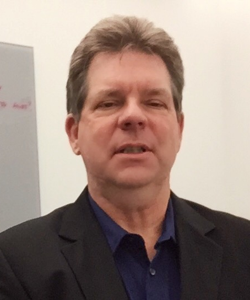SUPERCAPACITOR WEARABLES
September 19, 2023

The idea of wearable technology has been around for a while now–even if the definition only includes electronics-based technology it’s been around since the 1960s.
And it’s come a long way with the advances in the miniaturization of the hardware needed, and the advances in material science that provides versions of the technology that can be integrated into fabrics–e.g., conductive fibers.
There has always been, however, a roadblock to the full implementation of wearables: the power source.
Batteries are bulky, and if made small do not typically provide enough power to run the electronics for very long. In addition, battery technology is hard to make into a form that can integrate with fabrics and withstand the conditions wearables would encounter.
There has been a recent breakthrough in recent months that may help provide a solution to this problem.
Supercapacitors are simply capacitors with much higher energy storage capability, though at the cost of lower voltage limits. Until now, they have typically been manufactured using the same principles as regular capacitors, but with more exotic materials and structures. This had made them mostly unusable for wearables.
A team at Drexel University has recently created a supercapacitor that can be easily incorporated into fabrics, which can withstand the rigors experienced by wearables, and can hold enough energy in experimental designs to power an Arduino and temperature sensor for up to two hours.
While still early in development this innovation may be just the breakthrough needed to make wearables available to a wider market.
I’m putting in my order for a shoe-phone right away.

 English | EN
English | EN 